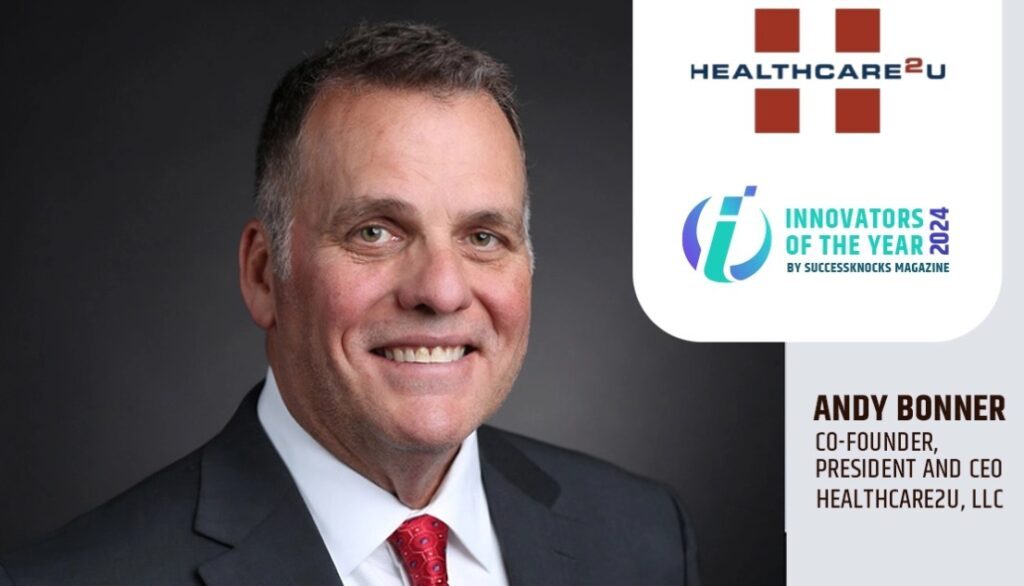Cardiovascular Disease (CVD) is a general term used to describe disorders that affect the cardiovascular system, meaning a disorder of the heart or blood vessels. Most CVDs are brought on by chronic conditions which develop over extended periods of time. Because of the nature of chronic disease, cardiovascular health is critical to maintaining a healthy lifestyle and longevity. As the world’s number one killer, CVD claims around 17 million lives a year — meaning one in ten people, aged between 30 to 70 years old, will die from this non-communicable disease (NCD).
In 2012, as a response to CVD and other diseases, world leaders made a commitment to reducing the global mortality rate from NCDs by 25 percent before 2025. This commitment is the inspiration for World Heart Day which brings awareness across nations in the fight against CVD.
For World Heart Day let’s focus on three tips to living a heart-healthy life:
Say “no” to smoking
Exercise consistently
Eat healthy
It’s not easy – we understand that. However, quitting smoking is a huge step towards a healthier lifestyle. Almost one third of deaths from CVD are attributed to smoking. As one of the most preventable causes of death in the US, you can join the millions of people who are successfully quitting each year. Here are a few things you can do to help you get started.
- Set your quit day – Choose the day to turn your life around! This gives you time to prepare and start out on the right foot.
- Choose your method – There are three different ways to quit smoking: “cold turkey”, cutting down, or smoking part of each cigarette. Pick which method is best for you!
- Incorporate help – If necessary, you can incorporate Nicotine gum, lozenges, or the patch to ease your body’s withdrawal affects. All of these items can be found over the counter.
- Make a plan – Celebrate the days of successfully not smoking with healthy things you enjoy. (i.e. movie, hobby, friend gatherings)
According to the American Heart Association, the first step to getting active is to consider the amount of exercise you’re currently getting. For adults, the recommended amount is at least 150 minutes per week, which can be broken up into 30-minute increments a day. For children, they recommend 300 minutes a week.
Once you’ve evaluated what your normal weekly amount is, find activities that you enjoy doing. Whether it’s playing a specific sport or taking walks with your family, incorporate it! The key to consistent exercise is incorporating regular activity into your weekly schedule. Once you’ve nailed down a consistent schedule, consider pushing for 10 more minutes of activity!
Similar to exercising consistently, the best way to begin eating well, is to first understand what you’re currently consuming. Registered Dietitian Riska Platt recommends keeping a food diary for a couple weeks to understand the nutrient composition and pattern of your diet. Understand why you’re eating and if there are any specific emotions attached.
From there, you have an idea of where changes can be made. Her tips also include starting small, one meal at a time. Focus on attainable goals and where you can incorporate healthier options. For example, trade butter for a healthier olive or canola oil, or incorporate more fiber-rich whole grains by substituting white for whole grain bread. Get into the habit of reading labels to limit daily consumption of saturated and trans fats, cholesterol, sodium and added sugars.
Wherever you’re at in your health journey, consider focusing on one of these tips today. Cardiovascular disease is preventable with the right measures. Share this with your friends and family to build a community of people living a healthier life. Together, we can fight this.
Content updated on 4-23-2021







